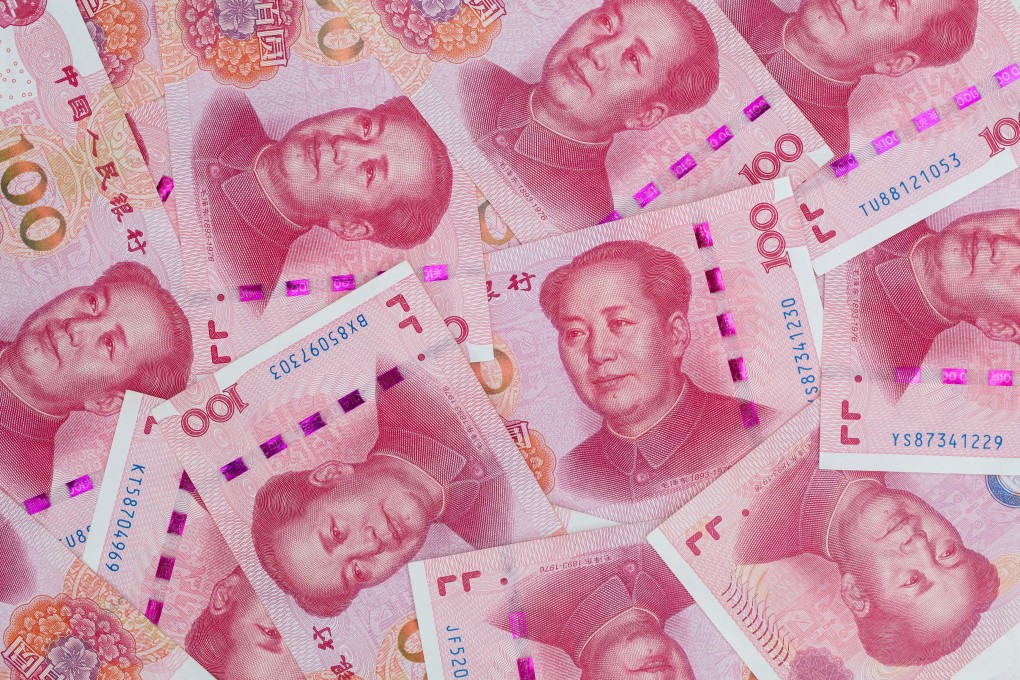Explainer | What makes China’s ‘ultra-long’ bonds special? Here’s what we know about Beijing’s trillion-yuan offering to stabilise economy
- Beijing’s new off-budget treasury bonds will span decades, and they have been sold only 3 times before – in some of the most challenging economic times
- Analysts break down the potential risks and rewards of these rare offerings, and why raising long-term debt could help local governments curb crippling debt piles

China will issue 1 trillion yuan (US$139 billion) worth of “ultra-long-term special government bonds” this year, Premier Li Qiang said on March 5 while delivering his maiden work report at Beijing’s annual parliamentary meeting, where leadership revealed the nation’s economic growth target of “around 5 per cent” for 2024.
Li also said the issuance of such ultra-long-term treasury bonds may continue for the next few years, raising expectations that the central government is stepping up its fiscal spending amid mounting debt pressure on many local governments.
What are Beijing’s special new ultra-long bonds?
The Ministry of Finance has yet to reveal exactly how long these bonds will take to mature, and it hasn’t said when or how they will be sold. It’s also unclear whether the funds, or how much, might be transferred directly to local governments. And a big question mark hangs over how the proceeds will be managed.
Analysts speculate that “ultra-long-term” could refer to durations of 30 to 50 years. And the “special” nature of the bonds means that the funds may be designated for some very specific purposes and/or used in a one-off manner.
Beijing has set its deficit-to-GDP ratio at 3 per cent for 2024, with the government deficit set to rise by 180 billion yuan (US$25 billion) from 2023.
However, the 1 trillion yuan worth of funds raised under the new arrangement is “off-budget”. As such, the issuance of the ultra-long-term special bonds will lead to an overall increase in official government debt, but it will not be included in the official fiscal deficit.